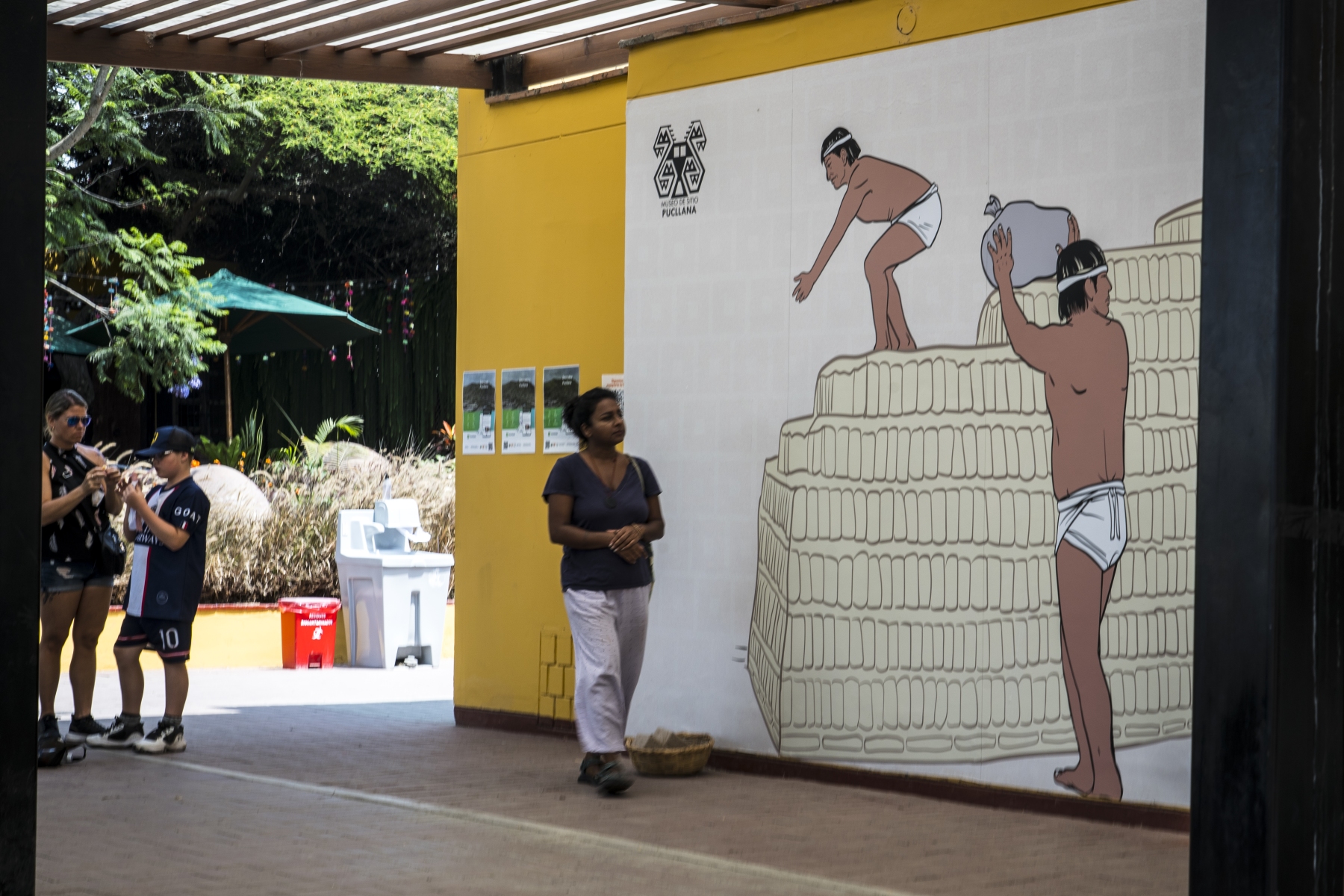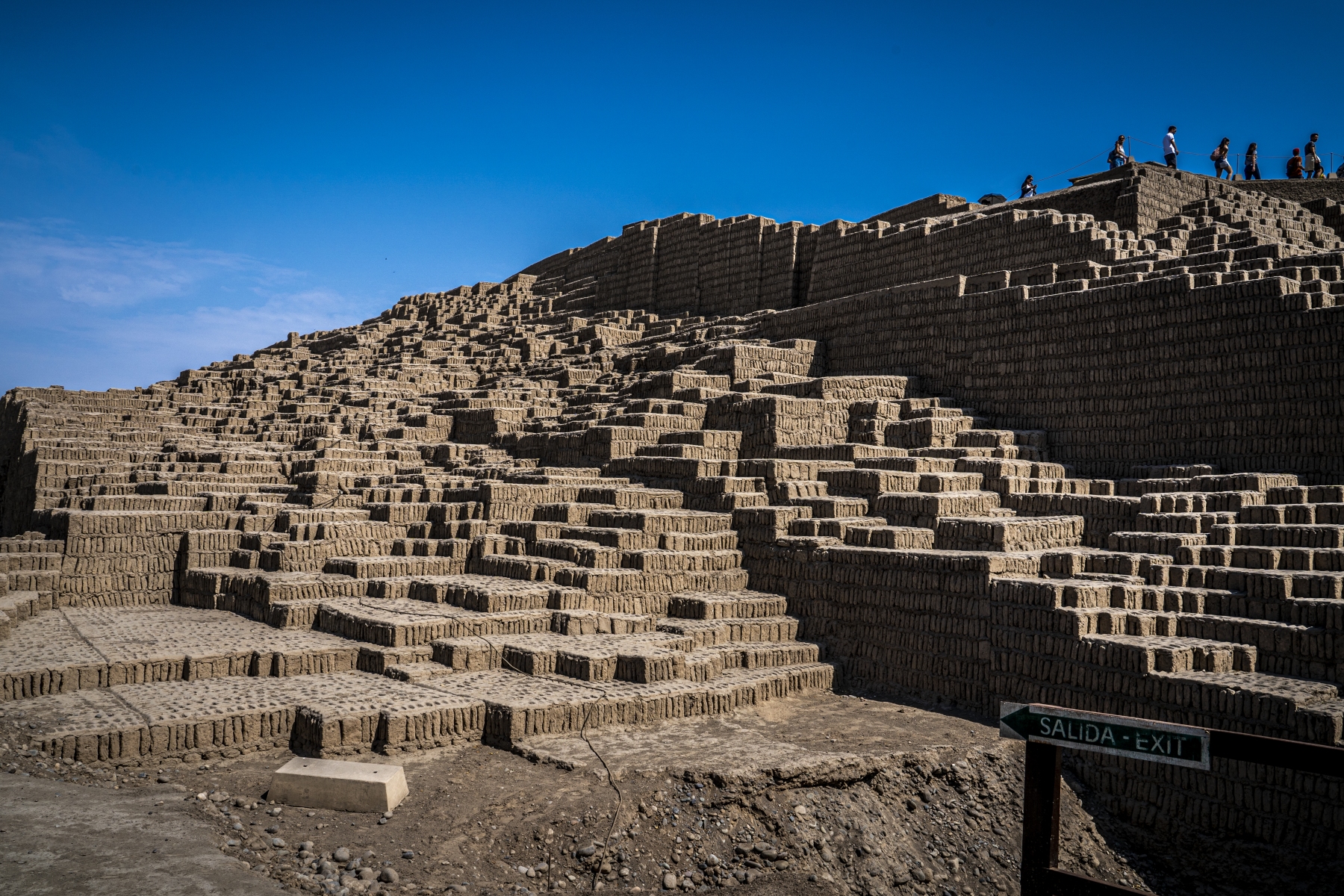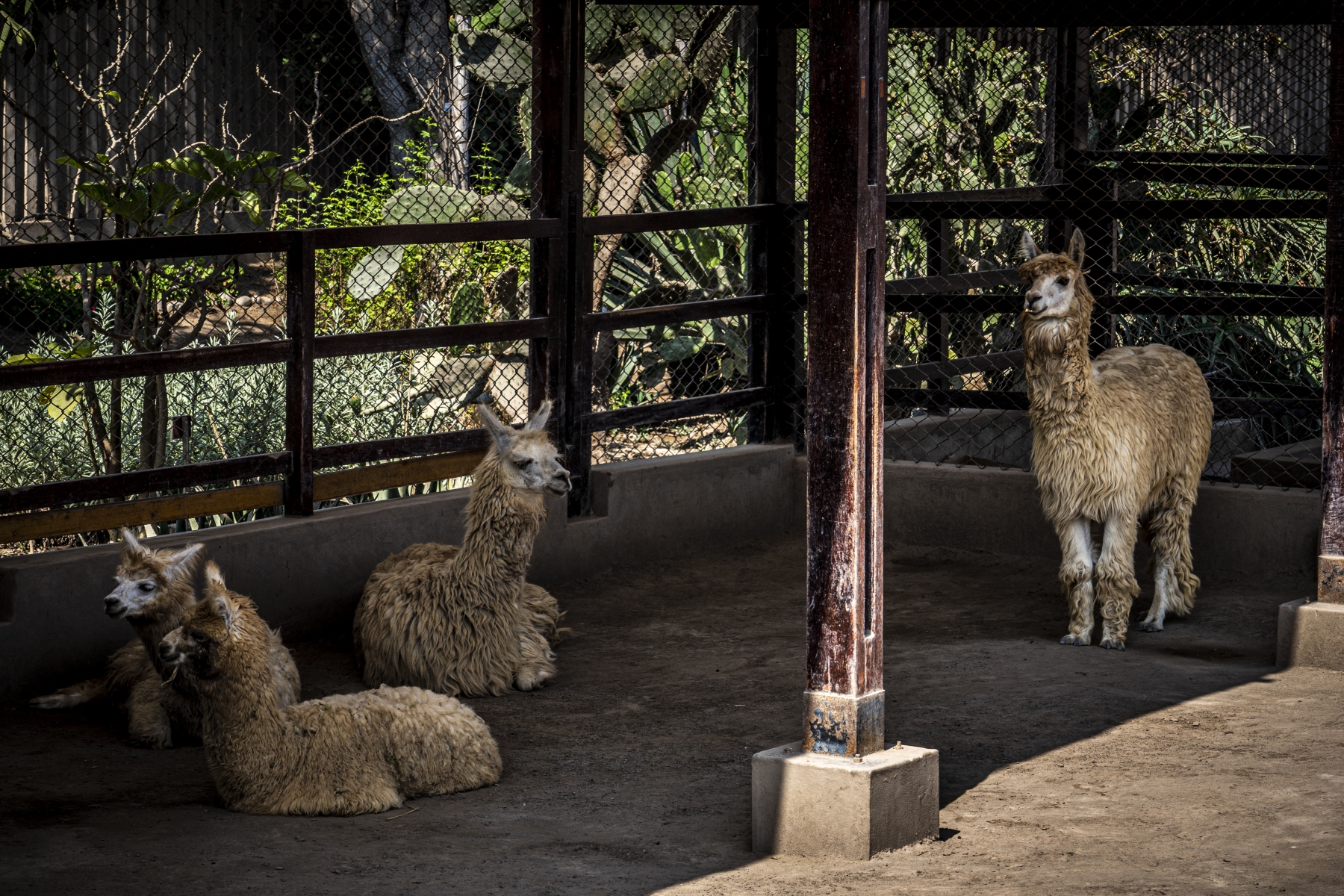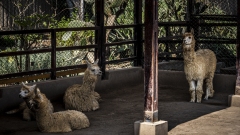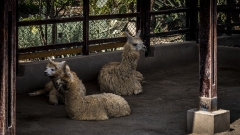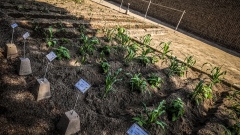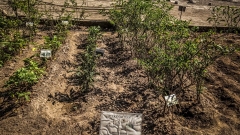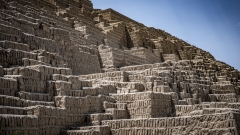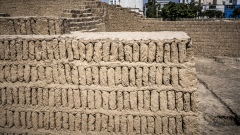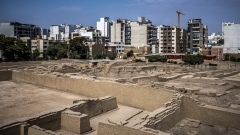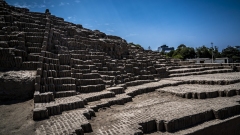If you are interested in learning about the ancient cultures of Peru, you might want to visit Huaca Pucllana – a remarkable Pre-Inca Archaeological Site in Lima. Huaca Pucllana is a large archaeological site, 37 acres (15 hectares) with a massive and tall pyramid, 72 feet (22 meters), located in the Miraflores district of Lima. Huaca Pucllana was built by the Lima culture, a society that developed on the central coast of Peru between 200 and 700 CE. The Lima culture was known for its mastery of irrigation, fishing, and pottery, as well as its complex religious and administrative practices.
Huaca Pucllana was one of the most important ceremonial and administrative centers of the Lima culture. It consists of a main pyramid made of adobe bricks stacked vertically in a technique called “library style”, which allowed the structure to withstand earthquakes. The pyramid is surrounded by ramps, patios, and a lower plaza, where various rituals and ceremonies took place. Some of these rituals involved human sacrifices, mostly of young women, as well as the smashing of large ceramic pots with intricate marine designs.
My Visit
I am staying in the Miraflores District of Lima, and Huaca Pucllana is only a thirty-minute walk from my hotel. I make the short hike to the site and pay the entrance fee to get in and take the tour. All visitors must be on a guided tour, and they have the tours scheduled every two hours or so. By the time the tour started, there were twenty-five of us and a bilingual guide (Spanish and English).
We start the tour with the guide telling us about the early history of the site, what the area was known for, and several other interesting facts. The guide also tells us the history of the excavation of the site and all the different types of artifacts that are found here. We make our way through courtyards, hallways, and rooms all made with the similar adobe bricks.
The main pyramid is as high as a seven-story building but mostly ramps, not stairs for the inclines and declines. It is amazing how expansive the site is, and just as amazing is seeing the large city of Lima in every direction from the top! Towards the end of the tour, we walk by a working garden and livestock that were raised in the Pre-Inca days. The tour lasted ninety minutes, and it is fully packed with information of how the peoples lived and survived in that time period.
The Excavation of Huaca Pucllana
The excavation of Huaca Pucllana began in 1981, under the direction of archaeologist Isabel Flores Espinosa. Since then, many discoveries have been made that shed light on the culture and history of the Lima people. Some of the most notable findings include:
- A mural depicting a fisherman and a net full of fish, which reveals the importance of fishing and marine resources for the Lima economy and religion.
- A series of human sacrifices, mostly young women, who were buried with offerings such as pottery, textiles, and food. These sacrifices were probably made to appease the gods and ensure fertility and abundance.
- A large wooden idol, carved in the shape of a human figure with a feline head and claws. This idol represents one of the main deities of the Lima culture, possibly related to water and agriculture.
- A collection of ceramic vessels, decorated with geometric patterns and images of animals, plants, and humans. These vessels show the artistic skill and aesthetic sense of the Lima potters.
- A reconstruction of a typical Lima house, made of adobe bricks and cane. The house has two rooms: one for sleeping and storing belongings, and another for cooking and eating.
The excavation of Huaca Pucllana is still ongoing, as there are many areas that have not been explored yet. The excavation is still going on during the weekdays, with extreme care being taken in the digging and excavation, not to disturb further clues at this site. There is a restaurant onsite as well where you can order traditional Peruvian food or some of the fantastic seafood from the Pacific Ocean bordering the city!
Farming at Huaca Pucllana
One of the main functions of Huaca Pucllana was to serve as an administrative center for the surrounding irrigation zone. The Lima culture cultivated various crops, such as maize (corn), beans, squash, potatoes, cotton, peanuts, and fruits, using canals and wells to distribute water from the nearby Rímac River. The western section of the complex was used for public meetings, storage, and other production-related activities. The Lima culture also practiced fishing and hunting and traded with other coastal and highland groups.
The Lima culture also raised different animals at Huaca Pucllana, such as guinea pigs, ducks, dogs, and llamas. Guinea pigs were an important source of meat and were also sacrificed to the gods. Ducks were kept for their eggs and feathers, and were also used in ceremonies. Dogs were domesticated and served as companions and guardians. Llamas were used for transportation and wool production, and were also offered to the deities.
Construction & Timeline of Huaca Pucllana
The construction process of Huaca Pucllana was complex and lengthy. The pyramid was built using a technique called “bookshelf”, which involved stacking millions of adobe bricks made of clay and sand in a staggered pattern to create seven platforms and creating spaces between the bricks for ventilation and earthquake resistance. The bricks were sun-dried and shaped by hand, and each one had a distinctive mark that indicated its origin. The platforms were connected by ramps and stairs, and they had different functions such as storage, administration, ritual offerings, and burials.
The timeline of Huaca Pucllana is divided into two phases: the Lima phase and the Wari phase. The Lima phase corresponds to the original construction and occupation of the pyramid by the Lima culture, from around 200 to 500 CE. The Wari phase corresponds to the later occupation and modification of the pyramid by the Wari culture, a powerful empire that expanded from the highlands to the coast of Peru from around 500 to 1000 CE. The Wari culture used Huaca Pucllana as a cemetery and a place for human sacrifices.
The Culture
The Lima culture declined around 700 CE, and Huaca Pucllana was taken over by the Wari culture, a powerful civilization that expanded from the south of Peru. The Wari culture occupied Huaca Pucllana between 800 and 900 CE and used it as a burial site for their elite. They also modified some of the structures and added new ones, such as a wall that divided the complex into two sections.
Huaca Pucllana was abandoned after the Wari culture collapsed and was covered by sand and vegetation for centuries. It was rediscovered in the 20th century, and since then it has been excavated and restored by archeologists and historians. Today, Huaca Pucllana is a museum and a cultural heritage site that attracts thousands of visitors every year. It also has a restaurant that offers traditional Peruvian cuisine with a view of the pyramid.
Huaca Pucllana is a fascinating example of the rich history and culture that existed in Peru before the Inca Empire. It is a testament to the ingenuity and creativity of the Lima culture and the Wari culture, who built and used this impressive monument for different purposes. If you ever visit Lima, don’t miss the opportunity to see Huaca Pucllana for yourself.
See what Camera Gear I use in Peru.
See our adventures on YouTube: @HBMaverick
“We will see YOU on the next adventure!”

